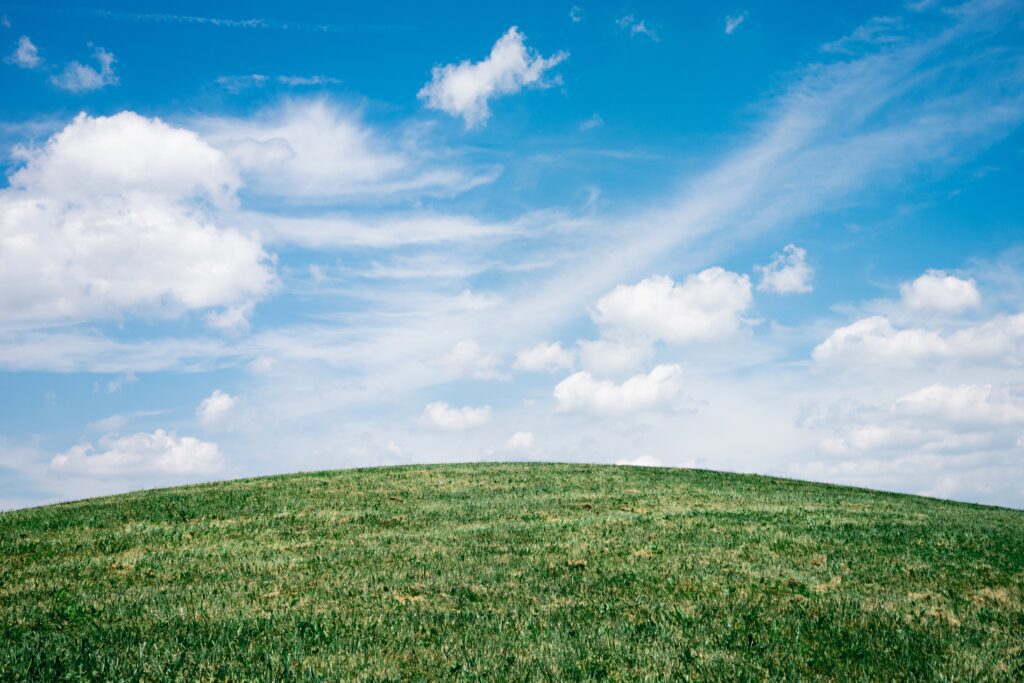April 22, 2020
There’s a good chance you have picked up some sustainable behaviors – intentionally or not – as you’ve adjusted to a new routine during the COVID-19 pandemic. As many of us are sheltering in place, we are no longer driving our cars every day, we are shopping less, and we are carefully planning out our meals. You may have even picked up a new hobby that involves stepping away from your screens or getting outside. As carbon emissions decline, our planet is showing signs of a temporary rebound. We are seeing clearer skies, cleaner waterways, and signs of hope for our Earth. This poses the question – what could our world look like if we lived sustainably? During this time, we have an opportunity to look at our personal lifestyles and find ways to form sustainable habits, and keep them after the world returns to normalcy.
Our current society often falls victim to a culture of excessive consumerism, which damages planetary health on multiple levels. We want stylish clothes, the newest technology, Pinterest-worthy home décor, the best foods, and a thriving social life. We don’t always pause to think about the pollution created by factories as our new clothes and furniture are produced, or the fact that constantly buying new electronics is causing rapid destruction of gorilla habitat. We don’t read all the labels on our food to find out if it’s contributing to the decline of animal populations, or think about the destructive carbon emissions that transportation methods create when we travel. However, once we come to these realizations, we become aware of the impact our individual lifestyle has on our earth’s health.
“We humans are part of the natural world—we relate to each other and with all the other animals who inhabit the planet with us.” -Dr. Jane Goodall
The human race has a responsibility to care for our planet, and to make it better for not only our future generations but also for the natural world we depend on. Our actions create a ripple effect, and we choose whether they are helpful or harmful to the environment. This poses the question: where and how do we start becoming sustainable? You may not be aware of it, but you have probably already started. Compare your current routine to your pre-pandemic routine. If you are carefully planning your meals and making less trips to the grocery store, you are likely reducing your food waste. If you are unable to shop for new goods, may find yourself upcycling items around your house or fixing things you would have otherwise thrown away, reducing factory demand. If you are going stir crazy indoors and have found a new outdoor hobby, you are saving electricity. Take some time to evaluate your current “new normal”, discover the sustainable habits you have picked up, and plan to incorporate them into your post-pandemic lifestyle.We have the ability to spend this time creating a better plan for the future of our planet. We are learning that what we thought may have been impossible measures, are very possible. This is the time to take action – educate yourself on sustainability, and choose to conserve our planet.
– Annie Wheeler, Lead Naturalist for ProgramsHelpful resources on sustainable living:








